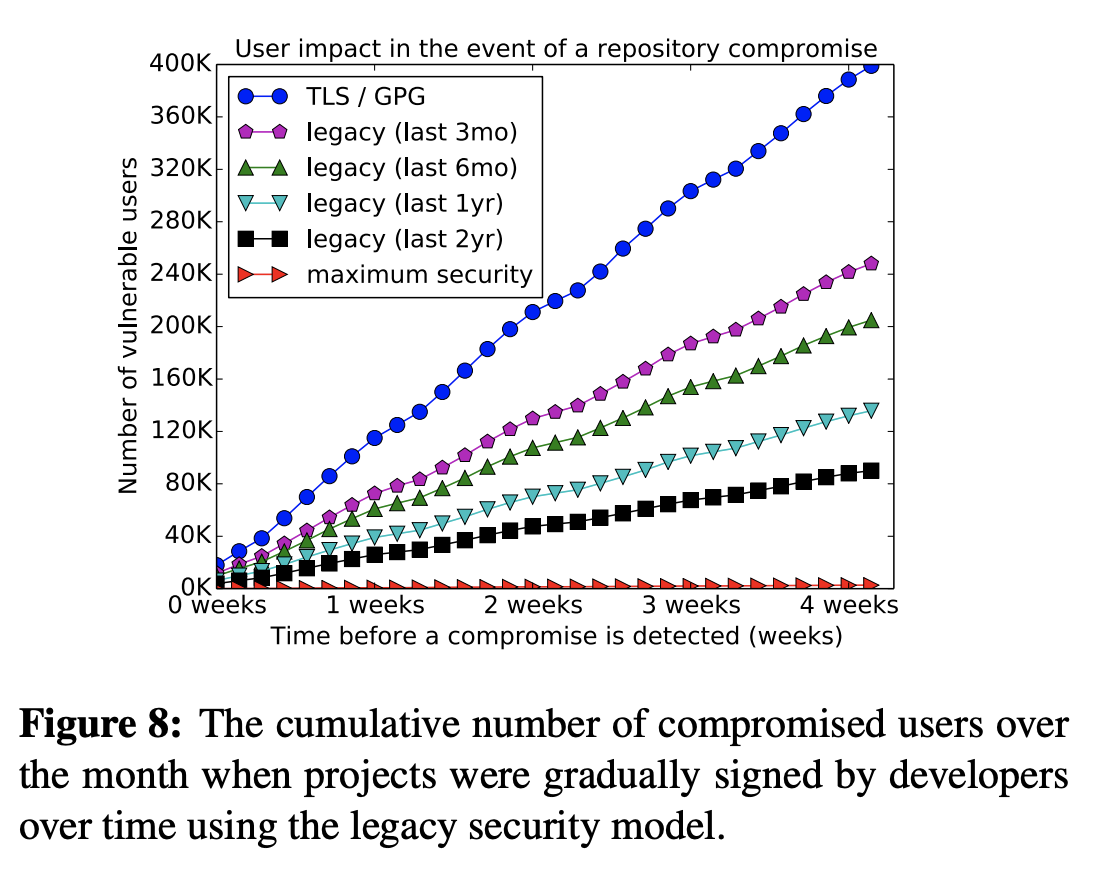Have any of the rubygems maintainer team been on this discussion yet?
We've seen @simi so far, but there are others who haven't weighed in. I'm keen to hear from @sonalkr132, who does a lot of the operational work on rubygems.org. The rubygems-as-IdP proposal would affect rubygems.org more than the original proposal.
Including them and their perspective and concerns and interests in this discussion up front seems important.
Agreed and we are eager to listen.

Rendered RFC.
We'd like to propose a new gem signing mechanism. We believe the new mechanism will be easier to use and more secure. Our goal is that eventually, almost all gems are signed as a matter of course. The proposed design builds on sigstore, an OpenSSF-backed project for software signatures.
As part of our work, we have developed a proof of concept system that works as a gem plugin.
We have drafted the RFC for an audience who are familiar with RubyGems, but who may not be familiar with sigstore or with the security primitives it utilizes. We note that the reference-level guide section is very detailed, and most of it can be safely skipped on a first reading.
We will be available on the Bundler Slack if you wish to discuss there.
Contributors: @bettymakes, @aellispierce, @jchestershopify, @jenshenny, @tomstuart, @doodzik and @rochlefebvre.
Special thanks to: @dlorenc, @lukehinds and @bobcallaway for help on sigstore questions.